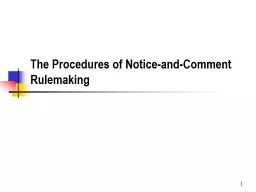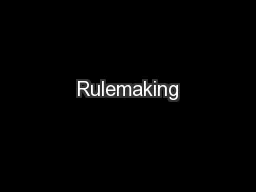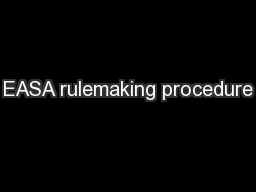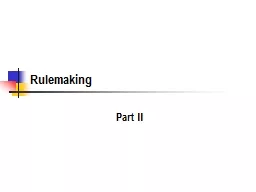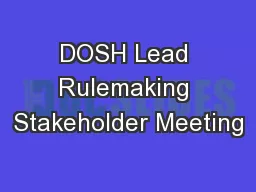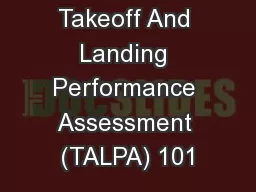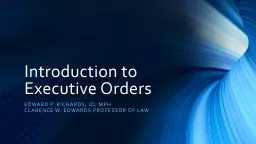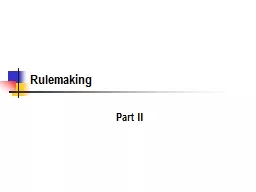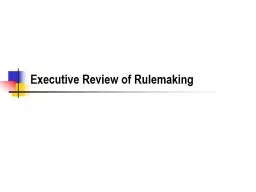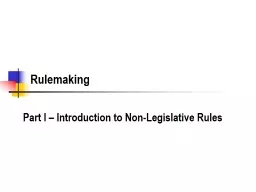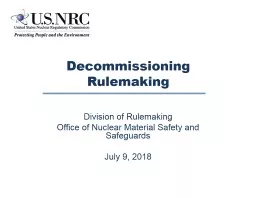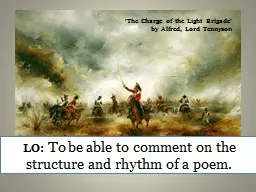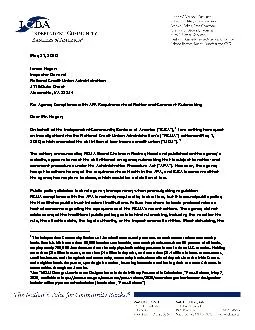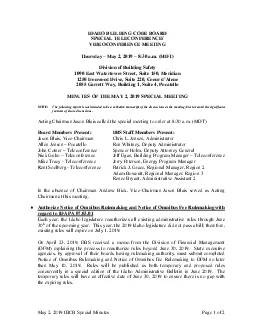PPT-The Procedures of Notice-and-Comment Rulemaking
Author : cheeserv | Published Date : 2020-06-23
1 When Do You Need To ReNotice a Revised Rule 2 3 Chocolate Manufacturers Assn v Block 755 F2d 1098 4th Cir 1985 What is WIC What evil substance in what food
Presentation Embed Code
Download Presentation
Download Presentation The PPT/PDF document "The Procedures of Notice-and-Comment Rul..." is the property of its rightful owner. Permission is granted to download and print the materials on this website for personal, non-commercial use only, and to display it on your personal computer provided you do not modify the materials and that you retain all copyright notices contained in the materials. By downloading content from our website, you accept the terms of this agreement.
The Procedures of Notice-and-Comment Rulemaking: Transcript
Download Rules Of Document
"The Procedures of Notice-and-Comment Rulemaking"The content belongs to its owner. You may download and print it for personal use, without modification, and keep all copyright notices. By downloading, you agree to these terms.
Related Documents

